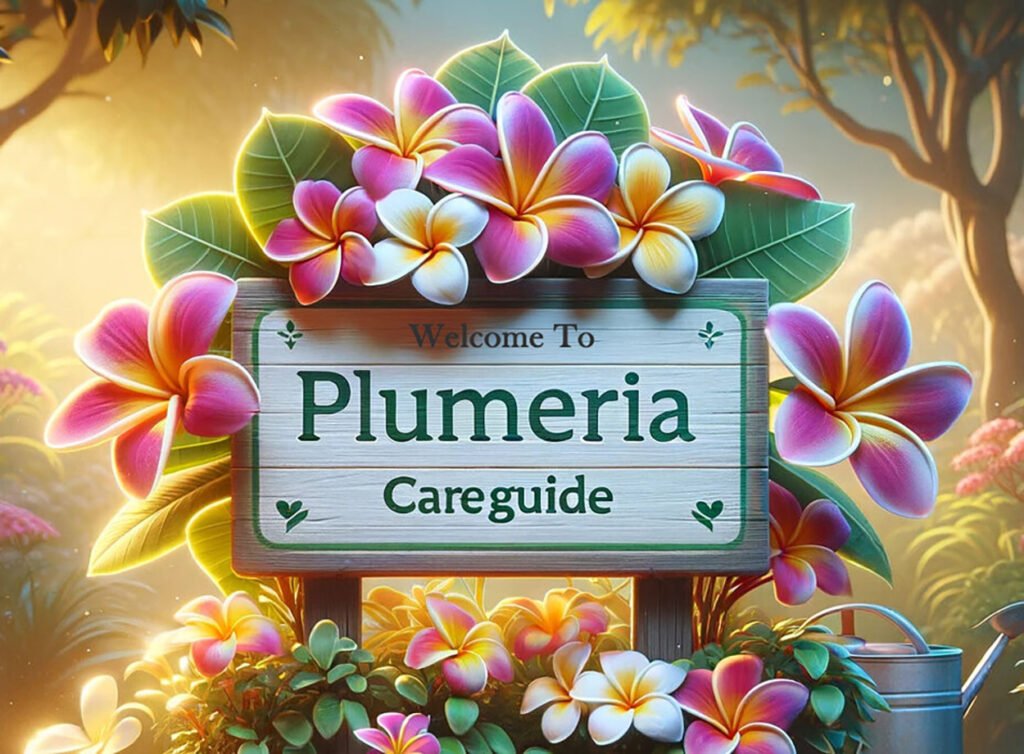Plumeria Care by Task, Season & Growth Stage
The Cultivation and Planting Guide covers everything you need to know about successfully growing plumeria—from choosing the right soil mix and planting location to spacing, pot selection, and long-term care for thriving, vibrant plants.
The Fertilizer and Nutrition Guide provides essential information on feeding plumeria for optimal growth and bloom performance, including how to choose the right fertilizers, balance nutrients, manage pH, and apply supplements for sustained health and vitality.
The Propagation and Rooting Guide offers step-by-step instructions for successfully propagating plumeria through cuttings, grafting, and seed starting, providing proven techniques to ensure healthy root development and strong, thriving plants.
The Troubleshooting & Maintenance Guide helps identify, diagnose, and resolve common plumeria issues—from pests and diseases to environmental stress—while offering practical tips to keep your plants healthy and thriving year-round.
The Watering and Moisture Guide explains how to properly hydrate your plumeria at every stage of growth, helping you avoid overwatering, root rot, and drought stress for healthier, more resilient plants.
The Pests and Diseases Guide provides detailed identification, prevention, and treatment strategies for the most common plumeria threats—including insects, fungi, and environmental stressors—ensuring your plants stay healthy and resilient.
The Seasonal & Regional Guide offers tailored care strategies based on your climate and time of year, helping you adapt watering, feeding, protection, and pruning practices to keep your plumeria thriving in every season and zone.
The Climate and Environment Guide explores how temperature, humidity, sunlight, wind, and microclimates impact plumeria growth—offering practical tips to optimize conditions for stronger plants, better blooms, and year-round success.
